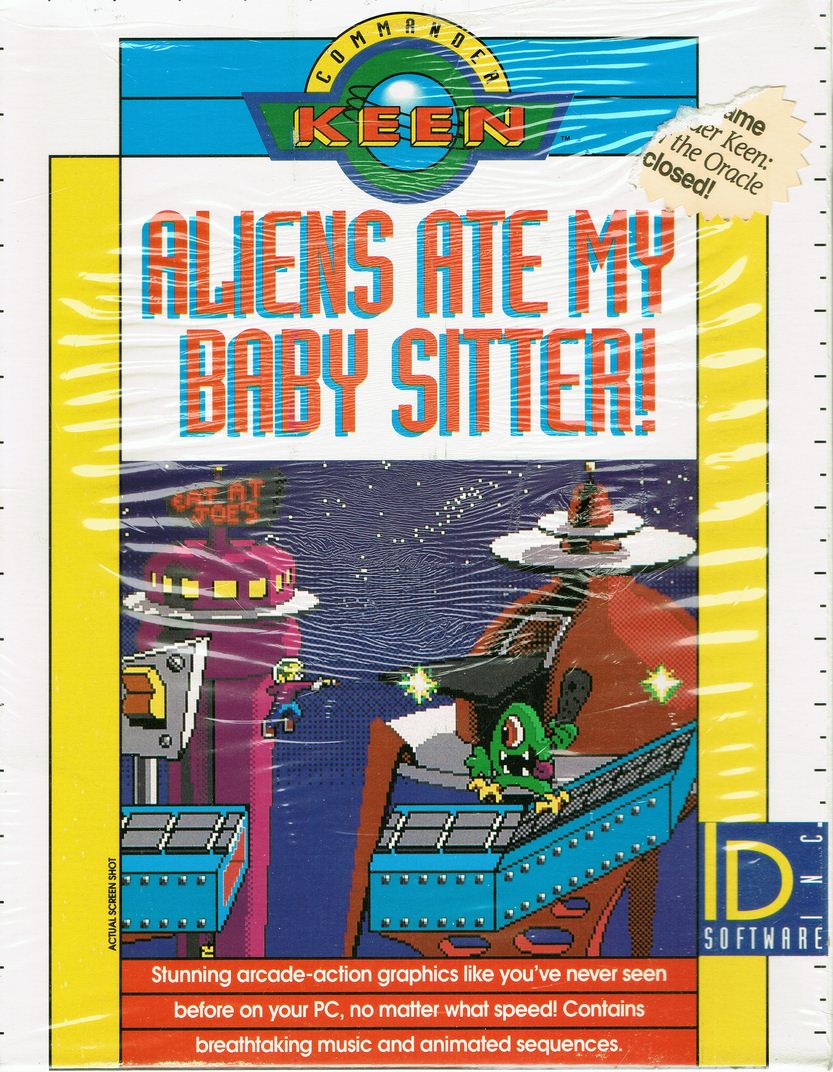It was June 1992. We had already shipped Wolfenstein 3D, the shareware episode only at that point, and were working on finishing the rest of the 6 episodes. Bobby Prince was in the house busy making the music for those last 5 episodes. Bobby brought his entire audio rig with him which consisted of a huge sampling keyboard, speakers, and a rack with lots of effects units.
id Software was working out of a one-bedroom loft apartment at La Prada Club in Mesquite, Texas. The six of us lived at La Prada or at adjacent complexes, so getting to work was only a couple minutes. We didn't think that was strange; we were on a mission.
Whenever Bobby left for the night, Tom and I would start playing around with his sampling keyboard. We came up with some crazy songs, and somehow we decided to come up with some answering machine messages. There were a bunch of samples already in the keyboard, and we came up with these right on the spot with no practice.
I used samples from some Judas Priest and W.A.S.P. songs as intros, and also a Vince Guaraldi song for one. Most of the answering machine "stories" are about a huge, red demon that is looking for id Software and showed up just after id escaped the building. Tom is the guy interviewing the demon, who then tires of Tom when he has no information about id's whereabouts and instantly destroys him. Or throws him down the stairs. This happens again and again.
The recordings are a little high-pitched and missing some bass to them. We only used a couple of these on the answering machine, and then Jay took them off and recorded a more corporate message, thus ending the fun.
Until now, only a few people knew about, and heard, these messages. I shall release the Kraken!
Message #2 was made after the Sesame Street counting segments like this one. Watch the baker at the end.







